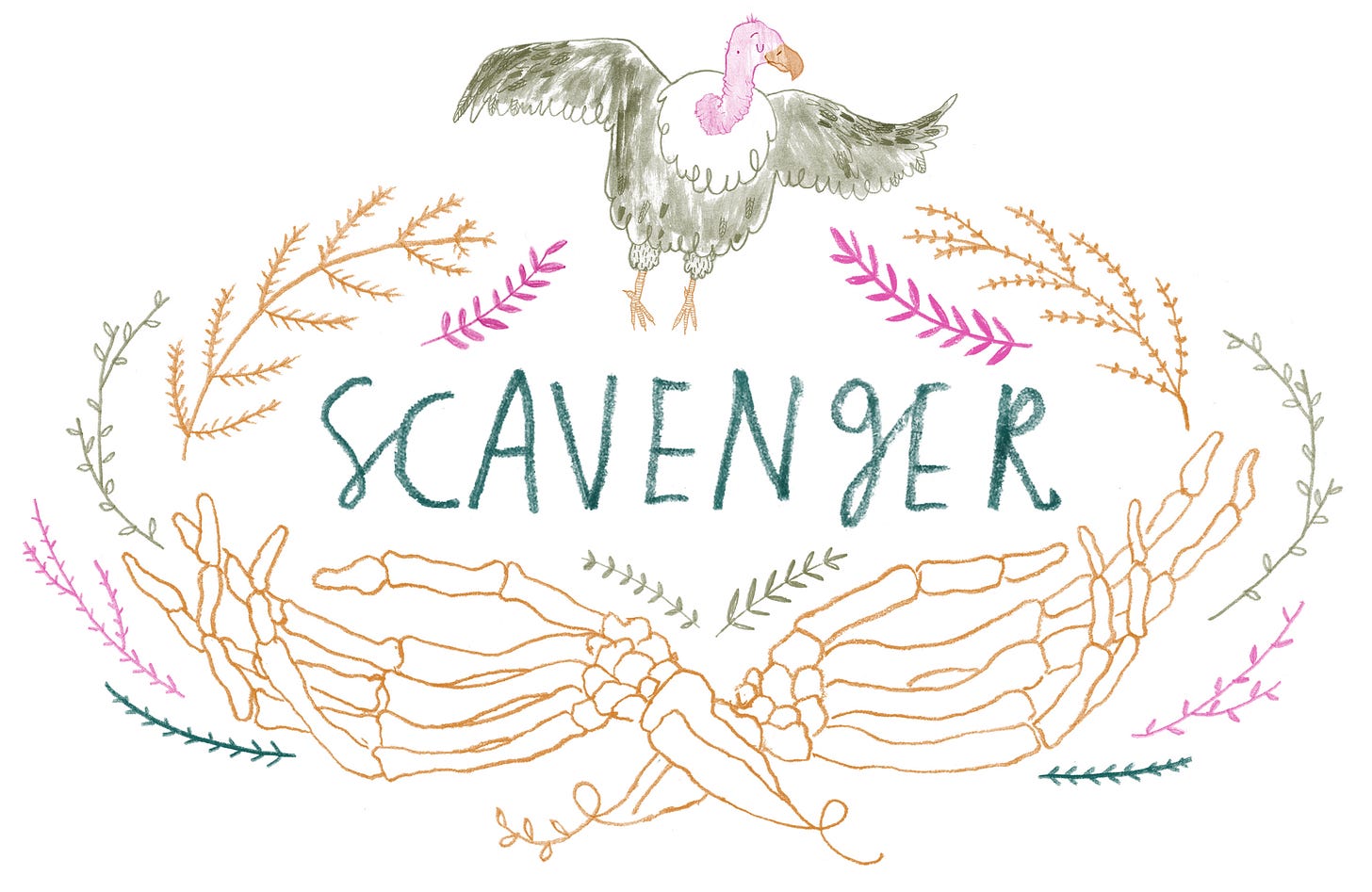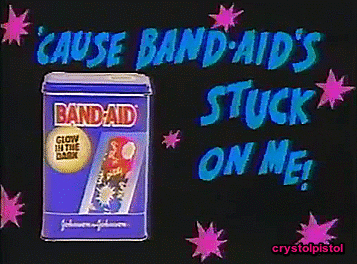How a home cook brought us Band-Aids
Josephine Knight Dickson's cooking mishaps improved first aid kits around the world.

Josephine Knight Dickson could not stop accidentally hurting herself.
A dedicated home cook in the process of adjusting to a new kitchen, Dickson quickly amassed a series of small injuries. Kitchens are full of sharp knives and tools that poke and slice and chop, and soon Josephine’s hands were subjected to tiny cuts. She had a way of magnetically attracting small burns from hot pots and pans and steam.
The worst part was, she didn’t have a good way of treating these minor wounds. Since loose gauze or tape and cooking don’t mix well, Josephine’s scrapes never seemed to heal completely before she’d get another one.
Fortunately, she happened to be married to a Johnson & Johnson employee named Earle. He noticed her plight and put his product development skills to work. The main problem, he observed, was that it was so difficult for Josephine to bandage up her wounds herself. She needed something simpler, a bandage that would stick to her skin on its own.
Thanks to Josephine, we have Band-Aids now.

Band-Aids are on my mind this week because, like Josephine, I had an incredibly dumb kitchen accident recently. I preheated a sheet pan to 400 degrees in my oven, then promptly seared my own arm on it by mistake. Jack picked up some giant Band-Aids for me, and ever since I’ve been walking around looking like a PSA against skateboarding.
My first introduction to Band-Aids might have been through my family’s collection of Little Golden Books. In 1950, the series published genuine pro-Band-Aid propaganda, in the form of a book called Doctor Dan the Bandage Man. In it, a little boy plays doctor to friends and stuffed animals, plastering everyone in his path with Band-Aids. It even came with a few Band-Aids to seal the product placement deal.
I was surprised to learn that the book aligns with how Band-Aids actually became popular. Band-Aids weren’t an instant hit; the original homemade versions involved unravelling a wheel of medical tape, laying a line of gauze down the center, and then carefully rolling it back up. The first mass produced Band-Aids weren’t much better; they came in 18-inch strips that had to be cut to size.
Sensing opportunity, Johnson & Johnson offered Boy Scouts an unlimited supply of free Band-Aids to patch cuts and scrapes during camping trips and other activities. (I guess Girl Scouts were on their own.) Soon, Band-Aids were flying off the shelves, in a wide variety of shapes and sizes. The first decorated Band-Aids featured patriotic stars and stripes, and today you can find Band-Aids featuring everyone from Star Wars characters to Mickey Mouse.

Despite their convenient design and useful function, Band-Aids have also become a shorthand for an inadequate solution. Google the term “bandaid on a gunshot wound” and you’ll summon a parade of spectacular failures, from foreign policy to mass shootings.
Don’t feel too bad for Band-Aid, though. The product has a glaring flaw: It isn’t inclusive of a range of skin tones. Band-Aids’ neutral “flesh color” is tailored to white skin with a pinkish hue, excluding an entire spectrum of people who are equally likely to get cuts and scrapes. A marketing consultant who promoted the product during the ‘60s referred to this as a “non-issue.”
Not everyone agrees with that assessment. In the late ‘90s, a New Yorker named Michael Panayiotis released a new kind of bandage called Ebon-Aid. The bandages came in a range of skin tones, blending in seamlessly for non-white folks. The bandages quickly became popular with African American and Hispanic customers, especially parents who had previously been forced to navigate tricky conversations about why white was Band-Aid’s default flesh color.

Unfortunately, Ebon-Aid didn’t last long. By 2002, the company had folded and Panayiotis lost around $2 million on the venture. How did it fail? Panayiotis says he was frustrated to learn that convenience stores tended to shelve Ebon-Aid in special sections alongside curly hair products and other items targeted at African American customers, instead of in the first-aid section where they belonged.
Today, companies like Tru-Colour carry on Ebon-Aid’s mission, and Band-Aid’s Skin-Flex collection still only comes in one shade. Will Band-Aid ever become more inclusive? I don’t know, but you can always buy Buzz Lightyear ones, I guess.
Something else

Who’s watching Undone? It’s a gorgeous new show on Amazon Prime by Raphael Bob-Waksberg, the creator of BoJack Horseman, and Kate Purdy, the creator of some of BoJack’s best episodes (including “Time’s Arrow,” which I wrote about for Vice way back in the day).
The show is about Alma, a Mestizo woman in San Antonio who gets in an awful car wreck – and starts seeing her dead father, who teaches her to travel through time. (Or, Alma’s friends and family wonder, is she merely experiencing the onset of her family’s genetic predisposition to schizophrenia?) It’s a deeply surreal and sad and strange and hilarious and human story, and I loved it so much.


